HAPPY 2 follows on from the HAPPY project and aims to optimise the control settings developed to compensate for the flexibility of parts and tools in continuous servo processes and to test them in more complex scenarios of aeronautical
use, but also in defence situations for the navy.
The previous HAPPY project (07/2018 – 11/2022) validated for two situations of aeronautical usage the development of a control setting able to compensate for the flexibility of parts and tooling based on continuous local measurements. This makes it possible to envisage aeronautical assembly lines capable of:
• flexibility in terms of output and product variants,
• working without intensive use of overhead cranes, since such operations currently create bottlenecks in aeronautical assembly workshops,
• working without use of tools anchored to the floor.
On the Naval Group side, the developments concerning continuous servo assembly offer an excellent opportunity to standardise
production methods and to validate the referencing of two large submarine parts horizontally, and to eliminate turning operations
after initial positioning.
Les résultats
Regarding naval applications, the expected results are the dimensioning and costing of a (semi-)automated assembly solution in partnership with an integrator to prepare the transfer of developments to the Indret site.
Regarding aeronautical applications, the solutions developed may eventually be used for assembly of the wing on the central wing box and, in the longer term, for assembly of the ventral beam on the central fuselage for future programmes to reduce production times.
Impacts industriels
• Flexibility in relation to product variants and output
• Reduction of non-recurring costs
• Easy workshop reconfiguration
Expertises
- Robotics, cobotics and augmented reality




